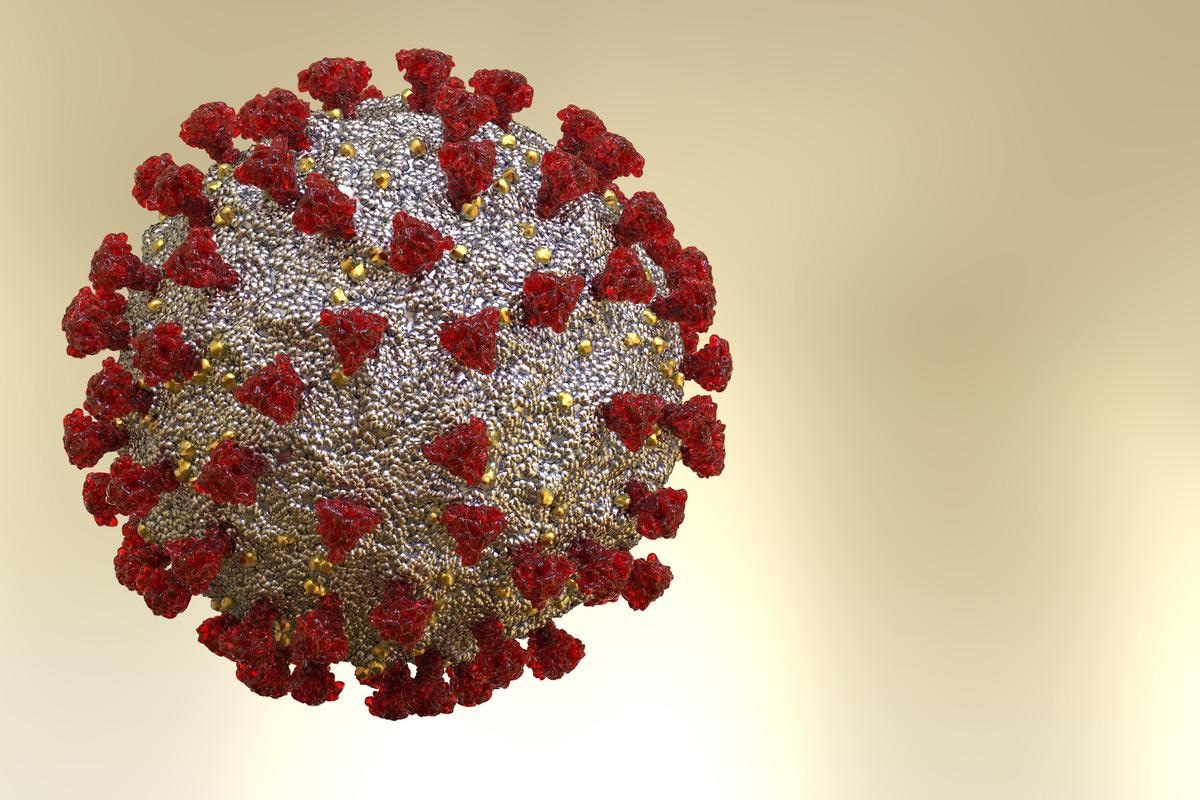Bioinformatics analysis identifies pathways involved in intestinal SARS-CoV-2 infection - News-Medical.net
Severe acute respiratory syndrome coronavirus type 2 (SARS-CoV-2) is a positive-strand RNA virus, which appears spherical under a transmission electron microscope. Many studies have shown that SARS-CoV-2 infects host cells via the interaction between the viral spike protein and the host receptor, angiotensin-converting enzyme II (ACE2). SARS-CoV-2 can spread through the saliva, respiratory tract, close contact, and excrement, with a high possibility of aerosol transmission.
 Study: Identification of Key Pathways and Genes in SARS-CoV-2 Infecting Human Intestines by Bioinformatics Analysis. Image Credit: Limbitech/Shutterstock
Study: Identification of Key Pathways and Genes in SARS-CoV-2 Infecting Human Intestines by Bioinformatics Analysis. Image Credit: Limbitech/Shutterstock
The most common clinical symptoms of (coronavirus disease 2019) COVID-19 are fever, cough, and breathing difficulties, with some patients experiencing gastrointestinal discomforts, including nausea and vomiting. Studies have reported the presence of SARS-CoV-2 in the feces of COVID-19 patients, which indicates the ability of the virus to infect the digestive tract.
Given that the effect of SARS-CoV-2 on the human digestive tract is a poorly researched topic, researchers from China recently used bioinformatics analysis techniques to explore the diseases caused by SARS-CoV-2 infection in the human digestive tract. This article is available in Biochem Genet.
The study
The researchers used bioinformatics analysis to identify and examine the differential expression of microorganisms under different conditions and also used gene ontology (GO) analysis and Kyoto Encyclopedia of Genes and Genomes (KEGG) analysis to establish the biological significance of DEGs. The STRING database was used to establish a visual protein-protein interaction (PPI) network and Cytoscape to visualize the PPI and outline the top 12 hub genes of the node.
The GSE149312 gene expression profile data set was obtained from the Gene Expression Omnibus (GEO) database and was divided into a 24 hour and a 60 hour groups. R software was used in the analysis and screening of differentially expressed genes (DEGs). The authors took the SARS-COV-2 infection group and the blank group from the original study and grouped them as per the infection time. Each group had four infected samples and six control samples.
What did they find?
The biological process analysis demonstrated that the DEGs of the 24 hour group were considerably enriched in the nuclear division, mitotic nuclear division, mitotic sister chromatid segregation, negative cell cycle regulation, and chromosome segregation. The DEGs of the 60 hour group were found in fatty acids and small molecule catabolic processes. They were significantly enriched in acid metabolic processes, cellular response to xenobiotic stimulus, long-chain fatty acid metabolic processes, and unsaturated fatty acid metabolic processes. Among them, no intersection was found between the 24 hour and 60 hour groups.
The KEGG analysis results illustrated that the DEGs of the 24-h group were significantly enriched in small cell lung cancer, cell cycle, cellular senescence, DNA replication, and non-alcoholic fatty liver disease. In contrast, the DEGs of the 60-h group were found in mineral absorption and chemical carcinogenesis and were significantly enriched in drug metabolism, non-alcoholic fatty liver disease, and metabolism of xenobiotics by cytochrome P450. Among them, the non-alcoholic fatty liver disease pathway was co-expressed in both the 24-h and 60-h groups.
Using the STRING database, the team constructed PPI networks of the DEGs in both the 20h and 60h groups and the intersection group. The PPI network of the 24-h group had 1778 nodes and 1457 edges, the 60-h group had included 710 nodes and 1457 edges, while the intersection group had 692 nodes and 162 edges.
Nine hub genes
The results identified nine statistically significant hub genes - AKT1, TIMP1, NOTCH, CCNA2, RRM2, TTK, BUB1B, KIF20A, and PLK1. They were uploaded to GraphPad Prism (version 8.0.2) in descending order and then analyzed using bioinformatics.
The ATK1 and TIMP1 genes show a certain stimulating effect on immune cells, including macrophages, and trigger the immune responses, which indicates that SARS-CoV-2 may cause severe inflammatory bowel disease, diarrhea, fever, and other symptoms post-infection and eventually lead to gastrointestinal system damage.
The TTK, BUB1B, PLK1, and CCNA2 genes have significant roles in the normal cell division cycle. The up-regulation of these four genes during SARS-CoV-2 infection not only provides favorable conditions for viral transmission but also highlights the possibility of chromosomal abnormalities and other genetic damage in the host cells.
Conclusions
The study identifies the DEGs between the SARS-CoV-2 and the normal samples. The nine hub genes obtained in this experiment play important roles in cell growth, reproduction, and disease. The work analyzed the differential expression of these genes during SARS-CoV-2 infection to understand the diseases the virus may cause and enable their timely prevention. However, this study is limited by its sample size and the fact that the intestinal organs could not accurately simulate the human environment.
In conclusion, the findings of this study offer some direction and basis for follow-up studies on SARS-CoV-2 infection of the human digestive tract while providing new insights for the prevention and treatment of diseases associated with SARS-CoV-2 infection.
Comments
Post a Comment